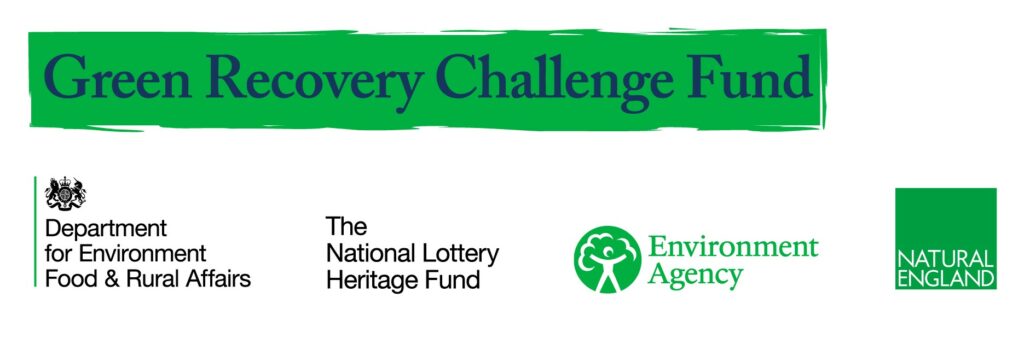Natural Neighbourhoods
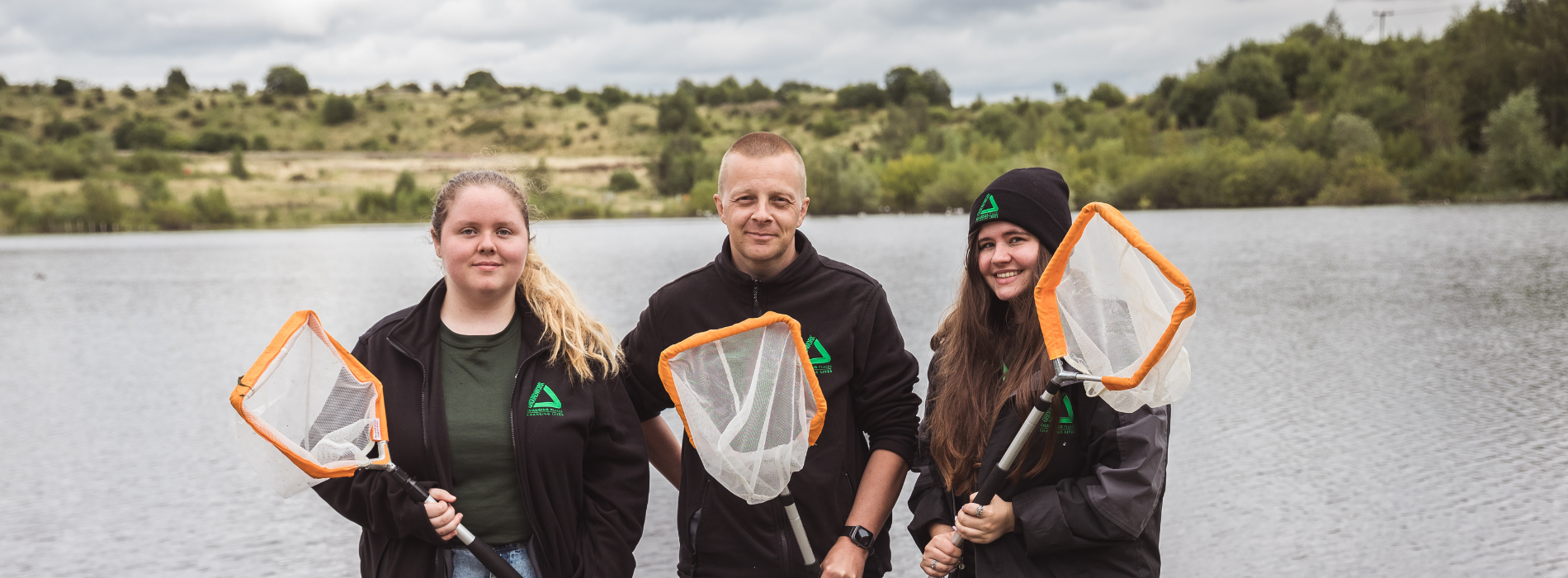
Protected green spaces and jobs in disadvantaged communities
The Natural Neighbourhoods programme has demonstrated the potential for urban green spaces to play an important role in addressing the climate and nature emergency, while showing how involving local people can help promote nature connectedness and improve people’s skills and employment prospects.
An ambitious programme of urban site-based improvements, Natural Neighbourhoods created job placements for unemployed people and unlocked voluntary action on nature recovery and climate change in areas of the Midlands, East and North of England where Covid-19 had exacerbated health inequalities.
The programme focused on sites that matter to local communities: green spaces in towns with high levels of deprivation and country parks in urban fringe areas. Nature-based solutions included habitat enhancements, tree planting, flood alleviation and refurbishing community orchards, allotments and gardens.
Published August 2022
Read the report
You can view the full report below. To make it easier to read you can click on the report to make it full screen and zoom in and out using the controls on the bottom of the page. You can also use the toolbar to download a PDF version.
Why it matters
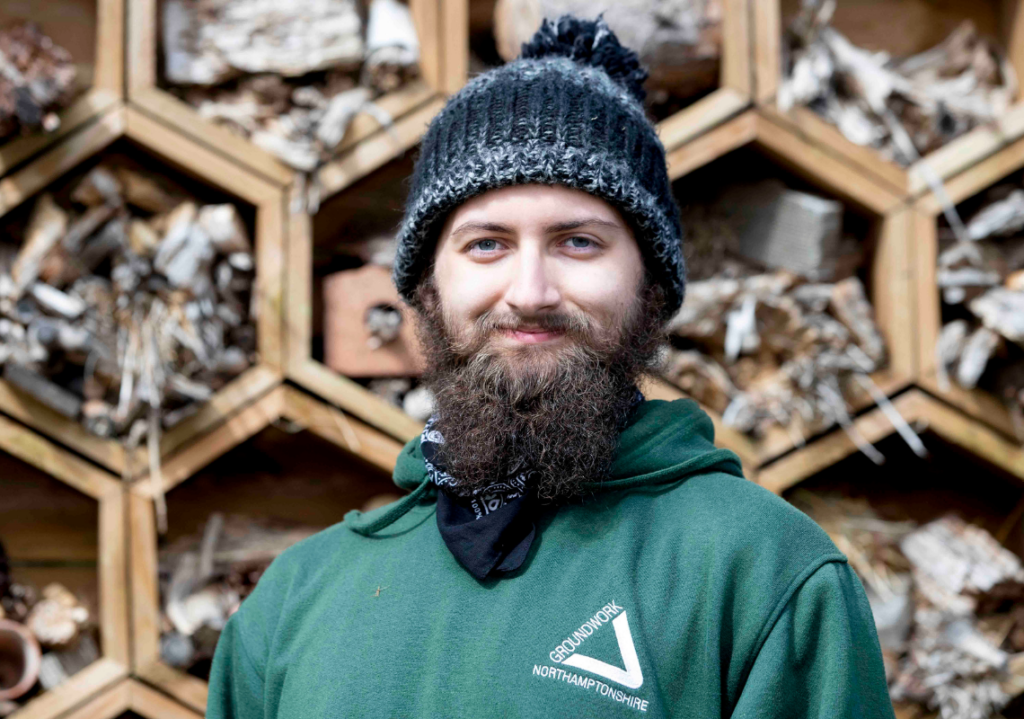
Personal impact: Travis
Travis, 20, is a Kickstart trainee on the Natural Neighbourhoods programme in Northamptonshire
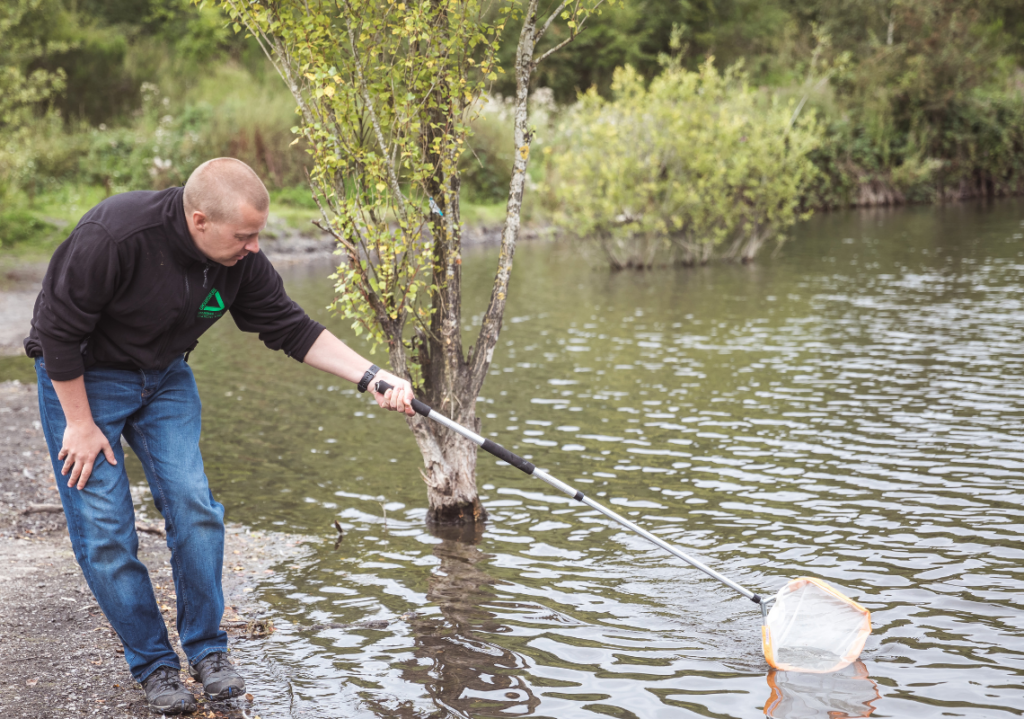
Personal impact: Chris
Chris, 46, is a Green Team volunteer on the Natural Neighbourhoods programme at Silverdale Country Park
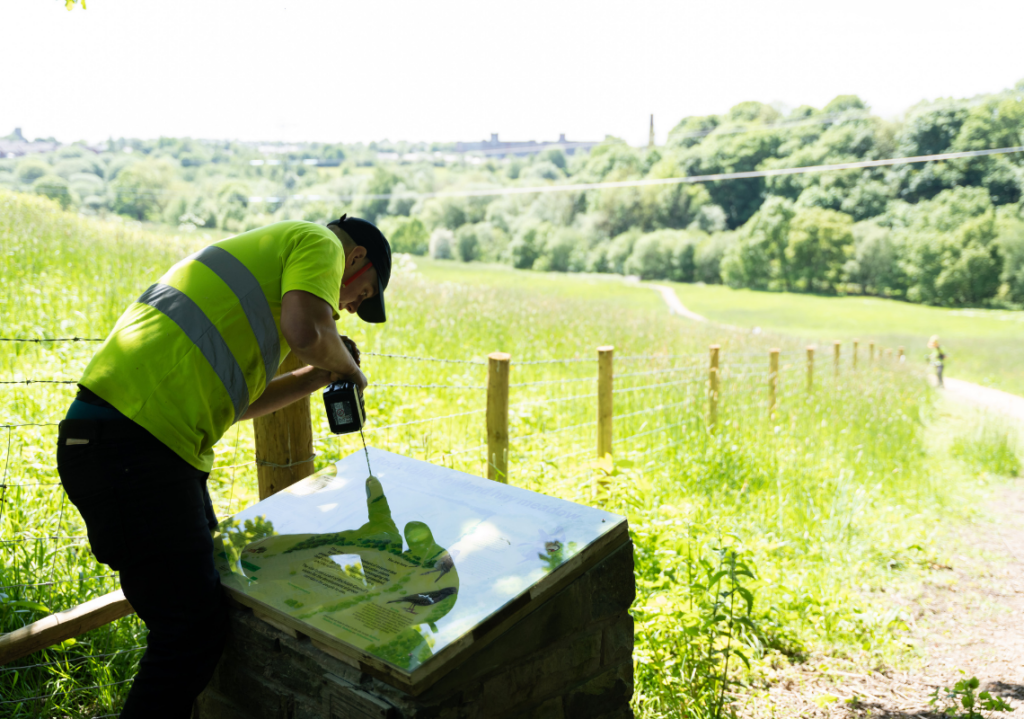
Environmental impact: Roch Valley
This area of hedgerows and lowland meadows is a Site of Biological Importance. The project improved the site to support the future management of the hay meadow and to improve plant and insect biodiversity.
Natural Neighbourhoods is a targeted programme which helps young people into employment. The programme creates jobs and develops a programme of environmental traineeships to support the improvement and protection of local parks and the greenspaces that matter to the surrounding communities.
This project is funded by the government’s Green Recovery Challenge Fund. The fund is being delivered by The National Lottery Heritage Fund in partnership with Natural England and the Environment Agency.
